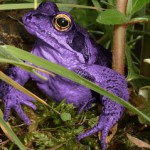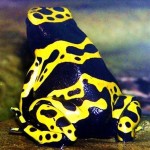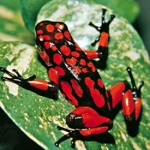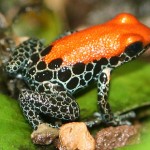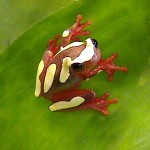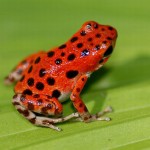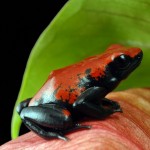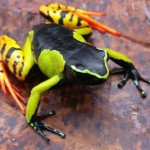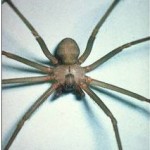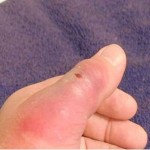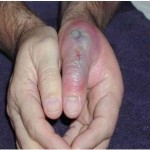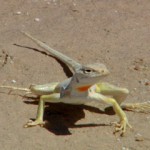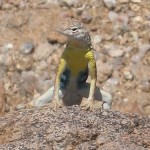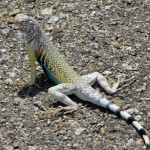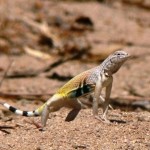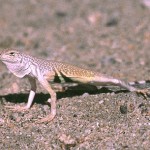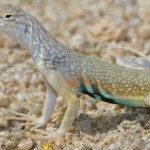We spend so much time on reptiles we seem to forget about our amphibian friends. This ones for you slimy people.
Category Archives: TNT
Does Taylor Swift love snakes?
Its a beautifull thing
Brown Recluse envenomation progression.
For sure not a spider you want to be bitten by, check this out. Sent via email by my father to me.
The Arrogance of Authority
|
The rancher nodded politely, apologized, and went about his chores.
A short time later, the old rancher heard loud screams, looked up, and saw the DEA officer

(I just love this part….)
“Your badge, show him your BADGE…….. ! !”
Man facing DWI charge goes to court drunk
One of the coolest lizards in the world
So I was thinking about this section this morning and also thinking about the upcoming herping season. I remember the opportunities I had to photograph Zebra Tailed Lizards in Nevada. I think they are some of the coolest lizards in the world but a pain in the butt to catch. The pictures below are NOT mine, I will try to find mine, until then enjoy.
Zebra-tailed lizards live in open desert with fairly hard-packed soil, scattered vegetation and scattered rocks, typically desert flats, washes and plains. They range from 2.5 to 4 inches (63 to 100 mm) in length. These lizards are grey to sandy brown, usually with series of paired dark gray spots down the back, becoming black bands on the tail. The underside of tail is white with black bands. Males have a pair of black blotches on the side, extending to blue patches on the belly. Females have no blue patches, and the black bars are either faint or completely absent.
They are diurnal and alert. They rise early and are active in all but the hottest weather. During the hottest times of day, lizards may stand alternately on two legs, switching to the opposite two as needed in a kind of dance. When threatened they will run swiftly with their toes curled up and tails raised over their backs exposing the stripes. They can even run on their hind legs for short distances. In areas of creosote scrub this lizard seems to reach highest densities, around 4.8 to 6.0 individuals per acre (600 to 800 m² per lizard). This lizard burrows into fine sand for retreat at night and usually seeks day shelter in the shade of bushes.
In summer, 2 to 8 eggs are typically laid, hatching anywhere from July to November. However, more than 1 clutch can be laid during a season. Eggs are laid, presumably, in friable, sandy soil. Being a prey species for many animals, including birds, other lizards, and mammals, they have a fairly high reproductive potential.
It feeds on a variety of prey from insects, such as moths, ants and bees, as well as spiders and other smaller lizards. Its diet occasionally includes vegetation, such as spring buds and flowers.
The zebra-tailed lizard is common and widely distributed throughout the southwestern United States, ranging from the Mojave and Colorado deserts north into the southern Great Basin.

